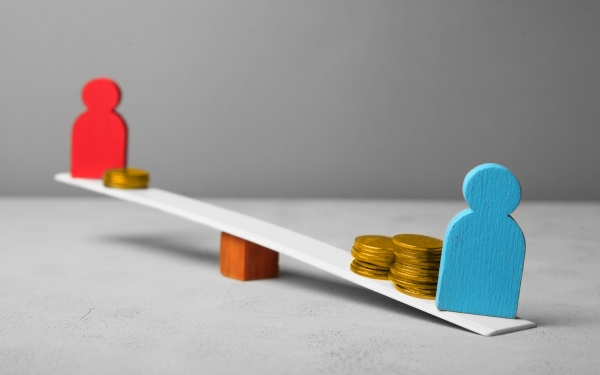
We’re taking action to report on and reduce our gender pay gap.
We are participating in the MindTheGap initiative for the first time and making our gender pay gap publicly available on our website and the MindTheGap registry.
“Our participation in the MindTheGap initiative this year is one of many actions we are taking towards championing fair pay,” says chief people officer Sarah Phillips.
“Ensuring our people, regardless of their gender, are paid fairly for the work they do and have every chance to pursue a range of career opportunities, is key to our success as a progressive organisation.
“We are proud to share our progress to date and be accountable for improving in this area.”
Gender pay gap is calculated using the Statistics New Zealand methodology by comparing the median hourly rates of men and women. Base salaries of all permanent employees, both full and part-time and on individual and collective employment agreements, are included in this calculation.
“We know that at Watercare, we have a higher distribution of men in senior roles, which impacts median earnings,” says Phillips.
An important point of difference according to Phillips is that we uphold equal pay at our organisation.
“The gender pay gap is not a gap in equal pay – our remuneration framework supports us to have parity in providing the same pay for same job, regardless of gender.”
So how do we stack up nationally?
As of last year, New Zealand’s gender pay gap was 9.2 per cent.
For the 2022 financial year, our gender pay gap was 13.51 per cent. For the 2023 financial year, the gap reduced to 11.82 per cent.
Phillips says the reduction was achieved through the first phase of a targeted action plan.
“We’re ensuring that our recruitment processes are fair and equitable, refreshing our recruitment targets and identifying new ways to attract women to roles.
“We have made changes to our recruitment ad content, actively sought out gender diverse applicants during proactive searches, are promoting applicants to hiring managers during the interview selection stage, challenging hiring decisions, and applying a gender diverse lens to all of our early careers programmes. This means we are consistently bringing this focus at all stages of the process.
“Our aim is to continue reducing our gender pay gap and to achieve more balanced gender representation across all levels and roles within Watercare.”
Know your pay terms
- Gender pay gap is the gap between the average or median earnings of women compared to men. MindTheGap registry reports on this metric.
- Equal pay is the same pay for the same job – no differential based on gender. This is in practice at our organisation.
- Pay parity is the same pay for the same job across different employers, organisations and workplaces.
- Pay equity is the same pay for work that is different but of equal value. For e.g occupations like nursing where the work is, or was, predominantly performed by women, wages have often been kept lower than occupations where the work has been performed predominantly by men.
- Employment equity is when pay, conditions and experiences in the workplace and access to jobs at all levels are not affected by an employee’s ethnicity or gender.